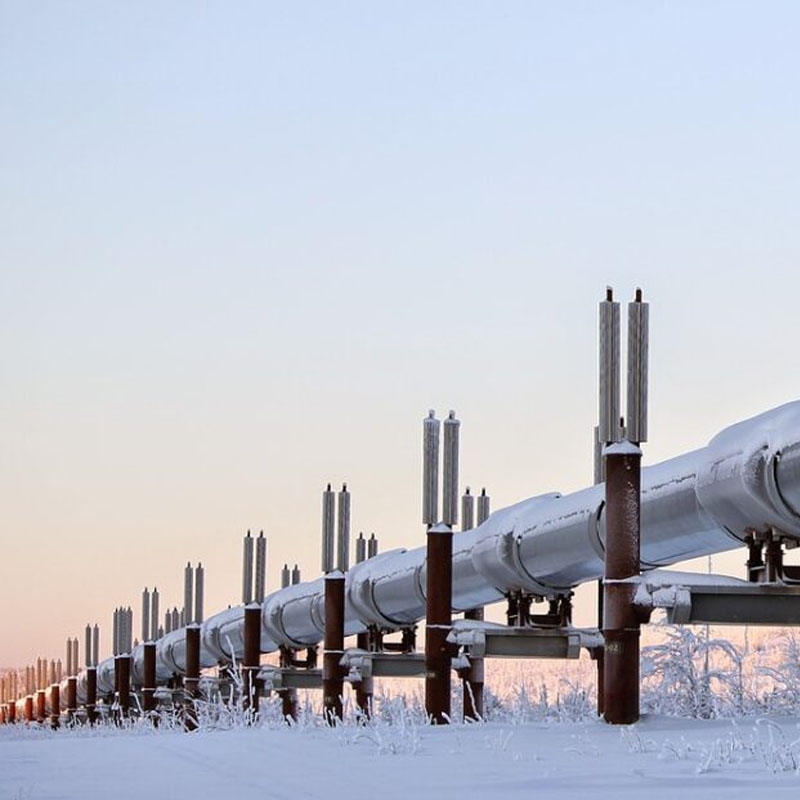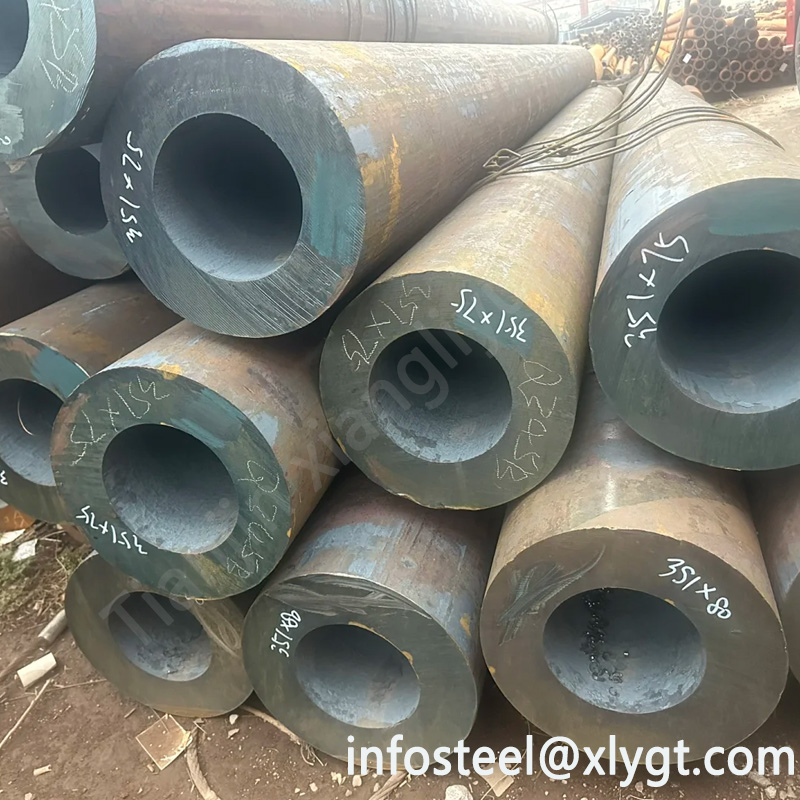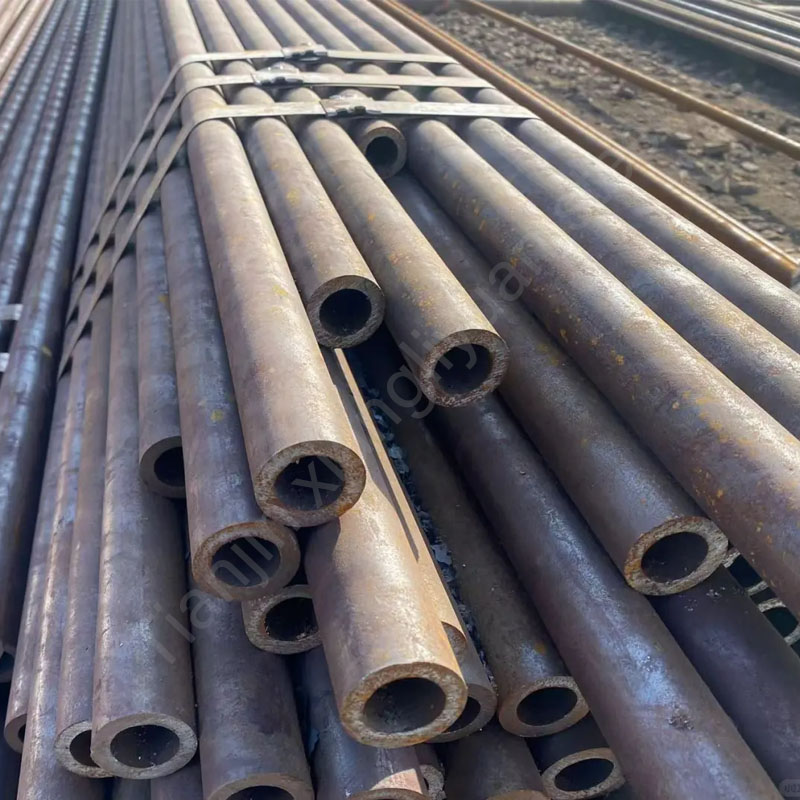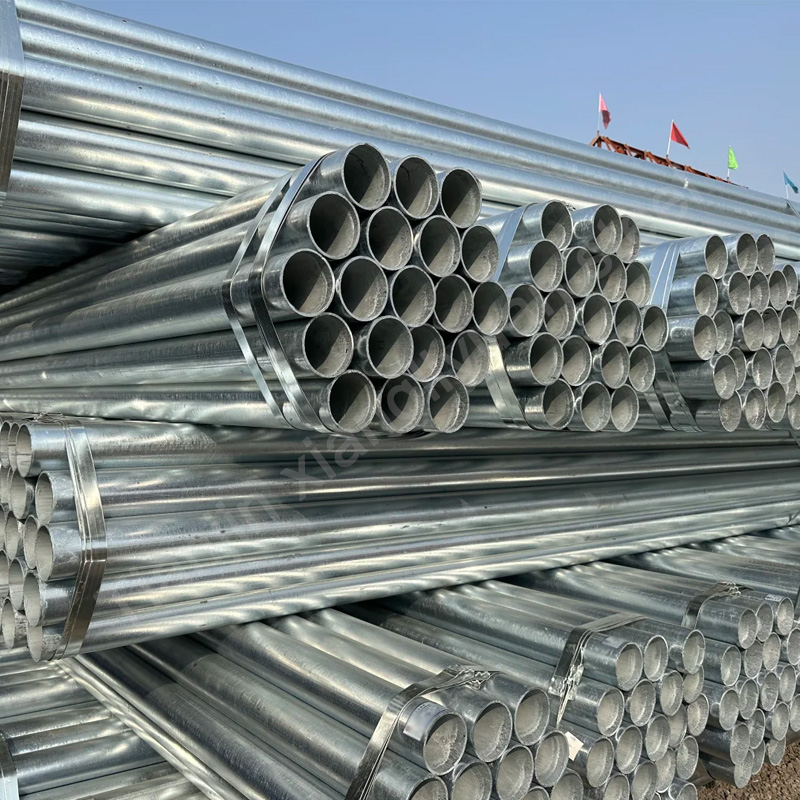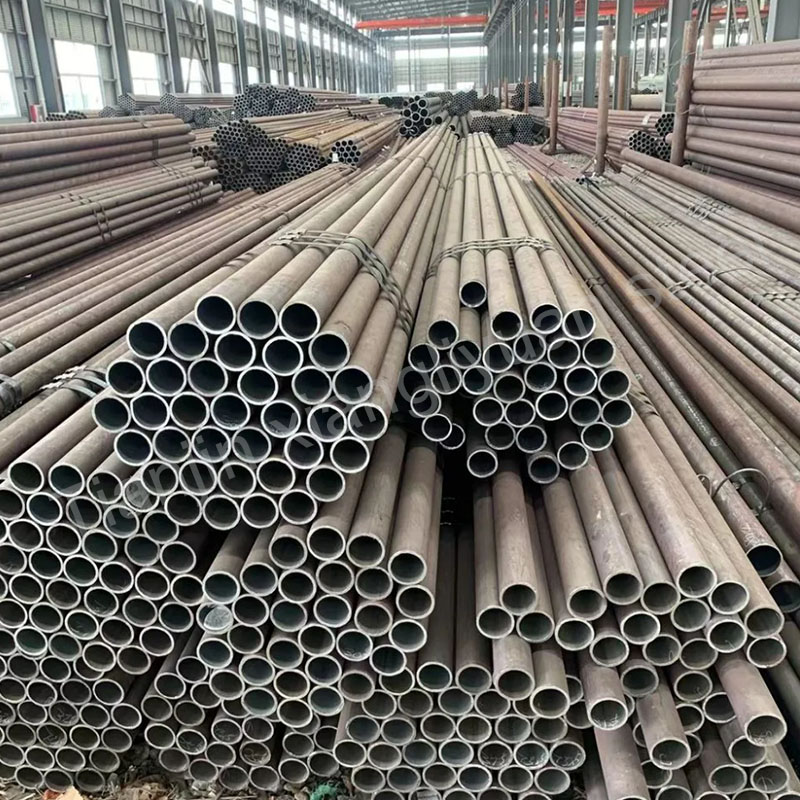API 5L generally refers to the implementation standard of pipeline steel pipes. Pipeline steel pipes are used to transport oil, gas, water, etc. extracted from the ground to oil and gas industrial enterprises. Pipeline steel pipes include seamless steel pipes and welded steel pipes. At present, the commonly used welded steel pipes on oil pipelines are spiral submerged arc welded pipes (SSAW), straight seam submerged arc welded pipes (LSAW), and electric resistance welded pipes (ERW). Seamless steel pipes are generally selected when the pipe diameter is less than 152mm.
When it comes to API 5L, everyone knows that there are two standards under it, PSL1 and PSL2. Although there is only one word difference, the contents of these two standards are very different.
PSL is the abbreviation of product specification level. The product specification levels of pipeline pipes are divided into PSL1 and PSL2, or the quality grades are divided into PSL1 and PSL2. PSL2 is higher than PSL1. These two specification levels not only have different inspection requirements, but also different chemical composition and mechanical properties. Therefore, when placing an order according to API 5L, the terms in the contract must indicate the product specification level, that is, PSL1 or PSL2, in addition to the usual indicators such as specifications and steel grades. PSL2 is stricter than PSL1 in terms of chemical composition, tensile properties, impact energy, non-destructive testing and other indicators. PSL1 does not require impact performance. For all steel grades except x80, the average value of Akv at full size at 0℃ is: longitudinal ≥41J, transverse ≥27J. For X80 steel grade, the average value of Akv at full size at 0℃ is: longitudinal ≥101J, transverse ≥68J.
Line pipes should be subjected to water pressure test one by one, and the standard does not stipulate that non-destructive water pressure can be allowed. PSL1 does not require non-destructive testing, and PSL2 should be non-destructively tested one by one.
API 5L PSL1 is generally suitable for general transportation conditions, such as natural gas and oil transportation at normal temperature and pressure, as well as general industrial applications.
API 5L PSL2 is used in more demanding application environments, such as transportation under high pressure, high temperature, and corrosive environments, as well as occasions with high requirements for pipeline quality and safety.
Among pipeline steel pipes, ASTM A106 and ASTM A53 are ASTM standards related to API 5L, DIN EN 10208-2 and DIN EN 10208-1 are DIN standards related to API 5L, EN ISO 3183 is a European standard related to API 5L, and some JIS standards have a certain overlap with API 5L, such as JIS G3454, JIS G3455, etc., which are usually used for the manufacture and testing of API 5L pipeline steel pipes.
API 5L steel grades are mainly GR.B, X42, X46, X52, X56, X60, X70, X80, etc.
API 5L X42: One of the most common pipeline materials, suitable for general transportation conditions.
API 5L X52: With higher strength and corrosion resistance, suitable for more demanding conditions.
API 5L X70: High-strength pipeline steel suitable for transportation under high pressure, high temperature or special environmental conditions.
. . .
API 5L pipes are widely used in transportation systems in the oil and gas industry. They can be used in both land and marine environments to transport natural gas, crude oil and refined products. These pipelines are not only used in oil field exploitation, but also play an important role in oil and gas transportation, natural gas liquefaction and processing.

